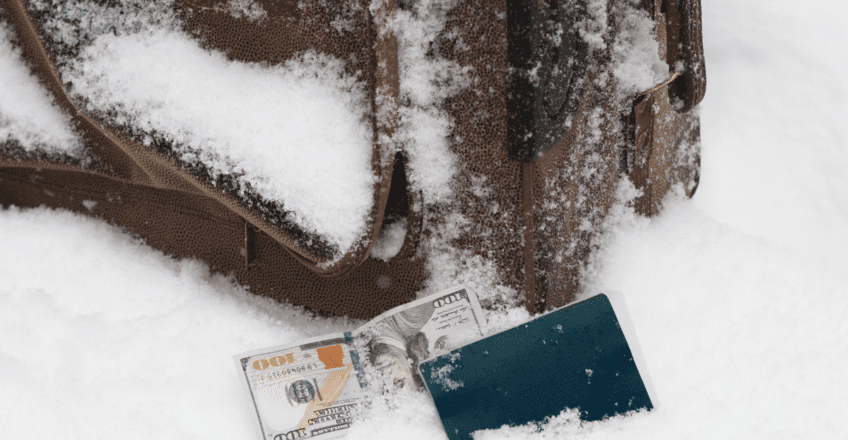By / OVM TEAM
Moving Tips: Protecting Your Belongings from Winter Damages
Ensure that your most prized possessions are safe from the wraths of winter weather with these moving tips.
Unfortunately, Mother Nature doesn’t value your belongings the same way you do. Moving in the winter means preparing for the worst, especially when it comes to protecting your valuables. Ice, snow, and water could result in costly or permanent damages; what a nightmare! Not to worry, by following these simple moving tips, you can prepare for even the most severe winter weather conditions on your moving day.
Figure out which items need protection
To benefit from these moving tips, you will first have to identify which of your items are most vulnerable to damage. Different types of material can react poorly to a dramatic drop in temperature. Wood, glass, porcelain, leather, and metal are examples of materials that may crack, warp or contract if subjected to extreme temperatures.
Take extra care of electronics, appliances, furniture, instruments, and plants. It is also crucial that you read the labels on containers that hold liquid or gas (i.e., aerosol cans, cleaning chemicals). Determine whether they can withstand freezing (or below freezing) temperatures.
Moving tips for protecting leather
Leather furniture and clothes can dry out and crack when left in freezing temperatures. To prevent damage, you should dust, clean, condition your leather, and then wrap them. Using furniture blankets and plastic film to cover your items will prevent water damage, scratches, and scuffs.
Moving tips for protecting plants
If you have plants in your home, there are specific moving tips you need to follow. Moving plants in the winter can damage and sometimes kill them if they’re not covered or insulated correctly. Plants should always be loaded securely into your vehicle last so you can unload them first. You want to avoid exposing them to the cold at all costs, so ensure your vehicle is at a comfortable temperature and carry them in through your garage if possible.
Moving tips for protecting electronics
Water and electronics don’t mix well with each other; we all know this. Even if your electronics are kept in a dry place the entire move, temperature fluctuations can create condensation inside the device – ah, science. Luckily, damages to your electronics are easy to prevent so long as you avoid keeping them in the cold for long durations of time.
Pack to protect against moisture and cold temperatures
Perhaps one of the most crucial winter moving tips is to pack specifically for the weather. The very last thing you’ll want is for an old cardboard box to bottom out, emptying your valuable belongings into a pile of snow. Quality packing supplies are essential during the winter. It’s best to opt for plastic containers when packing items vulnerable to water damage. Be sure to have lots of padding paper, bubble wrap, old clothes, and moving blankets on hand to insulate and cover your packed items. Stock up on plastic wrap; you can use it to protect and waterproof your boxes and furniture.
Hire professional movers
These moving tips are brought to you by professional movers with dozens of winters under their belt. Hiring a moving company to help with your move will significantly reduce your risk of winter weather-related damages. They have extensive training on safely relocating all of your belongings in any weather, with access to all of the necessary equipment needed. Additionally, most moving companies offer moving insurance to cover the cost to repair or replace damaged items. Save yourself time, money, and unnecessary moving stress by leaving it to the pros.






